Which of the following reactions does not show the acidic nature of ethyne?
Acetylene reacts with sodamide to form sodium acetylides.
When passed through ammoniacal cuprous chloride solution, a red precipitate is formed
Acetylene reacts with chloine in the dark to form di or tetrachlorides.
Acetylene when passed throguh ammoniacal silver nitrate gives a white precipitate
The correct Answer is:C
To determine which reaction does not demonstrate the acidic nature of ethyne (acetylene), we will analyze each option provided in the question step by step.
Step 1: Analyze Option A
Reaction: Acetylene reacts with sodamide (NaNH2) to form sodium acetylide.
- Explanation: In this reaction, sodamide acts as a strong base and extracts a hydrogen atom from the terminal carbon of acetylene. The removal of this hydrogen indicates that the hydrogen is acidic. Therefore, this reaction demonstrates the acidic nature of ethyne.
Step 2: Analyze Option B
Reaction: Acetylene reacts with ammoniacal cuprous chloride solution to form a red precipitate.
- Explanation: In this case, the copper (Cu) from the ammoniacal solution can eliminate the acidic hydrogen from acetylene, leading to the formation of a copper acetylide derivative. The formation of this derivative, which is red in color, indicates that the hydrogen is acidic. Thus, this reaction also shows the acidic nature of ethyne.
Step 3: Analyze Option C
Reaction: Acetylene reacts with chlorine in the dark to form dichloride or tetrachloride.
- Explanation: This reaction involves the addition of chlorine to acetylene, resulting in the formation of chlorinated products (dichloride or tetrachloride). There is no hydrogen being removed or any indication of acidity in this reaction. Therefore, this reaction does not demonstrate the acidic nature of ethyne.
Step 4: Analyze Option D
Reaction: Acetylene reacts with ammoniacal silver nitrate to form a white precipitate.
- Explanation: In this reaction, silver ions can replace the acidic hydrogen from acetylene, forming a silver acetylide derivative. The formation of this derivative, which is a white precipitate, indicates that the hydrogen is indeed acidic. Hence, this reaction shows the acidic nature of ethyne.
Conclusion
After analyzing all the options, we find that Option C (the reaction of acetylene with chlorine) does not show the acidic nature of ethyne.
Final Answer
Option C does not show the acidic nature of ethyne.
---
Reaction: Acetylene reacts with sodamide (NaNH2) to form sodium acetylide.
Reaction: Acetylene reacts with ammoniacal cuprous chloride solution to form a red precipitate.
Reaction: Acetylene reacts with chlorine in the dark to form dichloride or tetrachloride.
Reaction: Acetylene reacts with ammoniacal silver nitrate to form a white precipitate.
After analyzing all the options, we find that Option C (the reaction of acetylene with chlorine) does not show the acidic nature of ethyne.
Option C does not show the acidic nature of ethyne.
Topper's Solved these Questions
- BOOK - NCERT FINGERTPS ENGLISHCHAPTER - HYDROCARBONS EXERCISE - Higher Order Thinkin Skills7videos
HYDROCARBONS
- BOOK - NCERT FINGERTPS ENGLISHCHAPTER - HYDROCARBONS EXERCISE - Assertion & Reason15videos
HYDROCARBONS
- BOOK - NCERT FINGERTPS ENGLISHCHAPTER - EQUILIBRIUM EXERCISE - Assertion And Reason15videos
EQUILIBRIUM
- BOOK - NCERT FINGERTPS ENGLISHCHAPTER - HYDROGEN EXERCISE - Assertion And Reason15videos
HYDROGEN
Similar Questions
Knowledge Check
- Question 1 - Select One
Which of the following reactions does not occur ?
A B
B C
C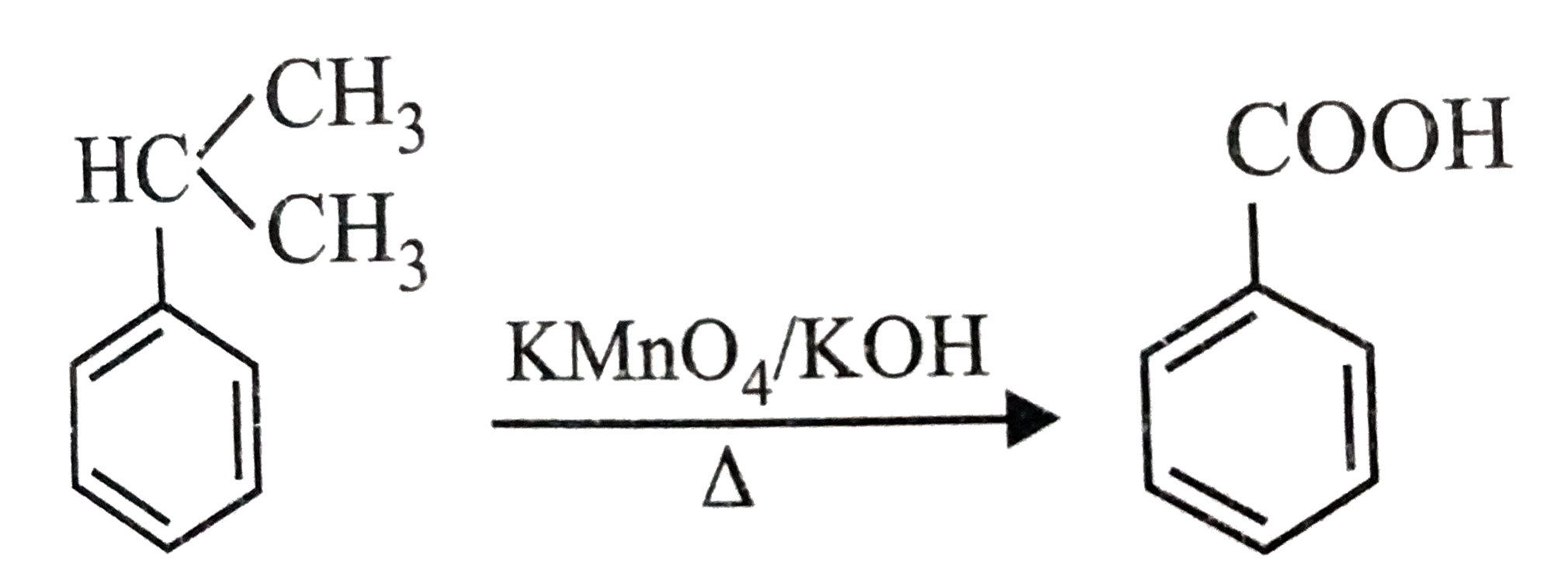 D
D
- Question 2 - Select One
Which of the following reactions does not show the correct products of the reaction?
ACH3−CH=CH2HBr−−−−→peroxideCH3−CH2−CH2BrBCH3−CH=CH2HCl−−−−→peroxideCH3−CH2−CH2ClCCH3−CH=CH2HBr−−→CH3−Br∣CH−CH3DCH3−CH=CH2HCl−−→CH3−C∣ClH−CH3 - Question 3 - Select One
Which of the following species does not show aromaticity?
A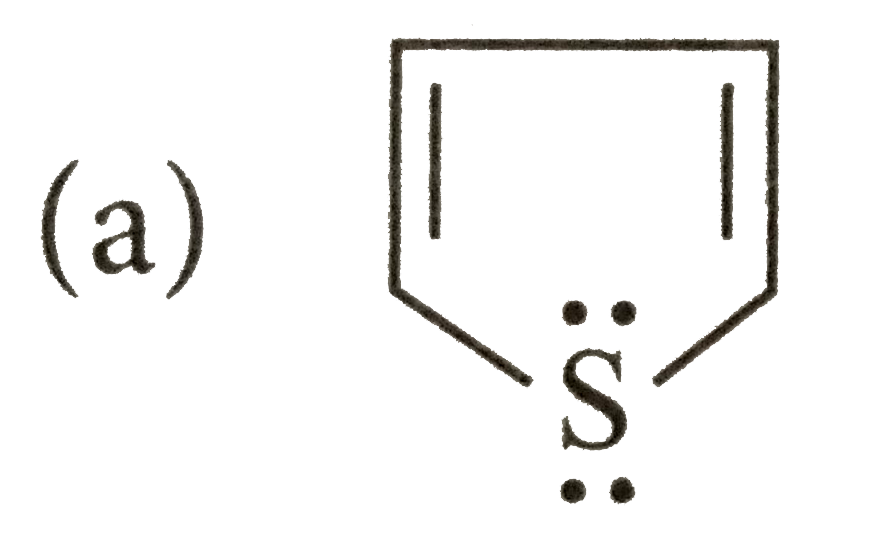 B
B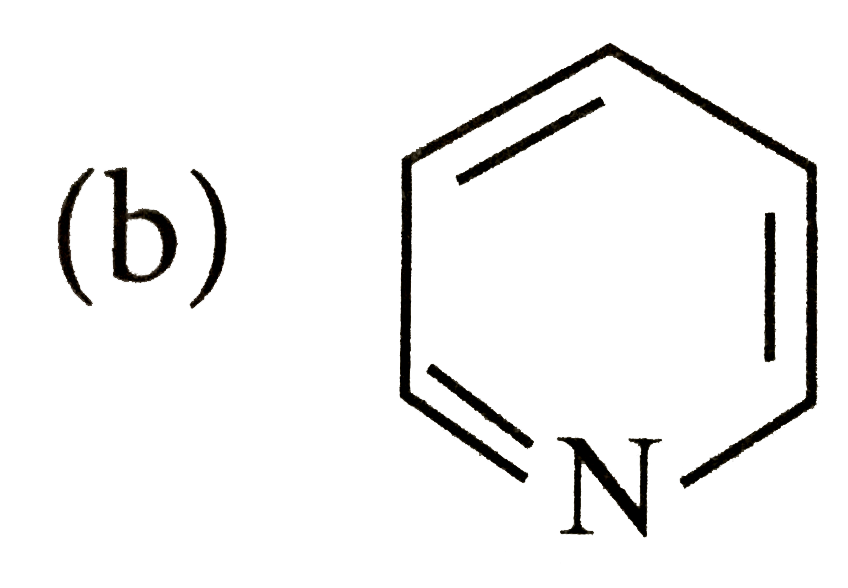 C
C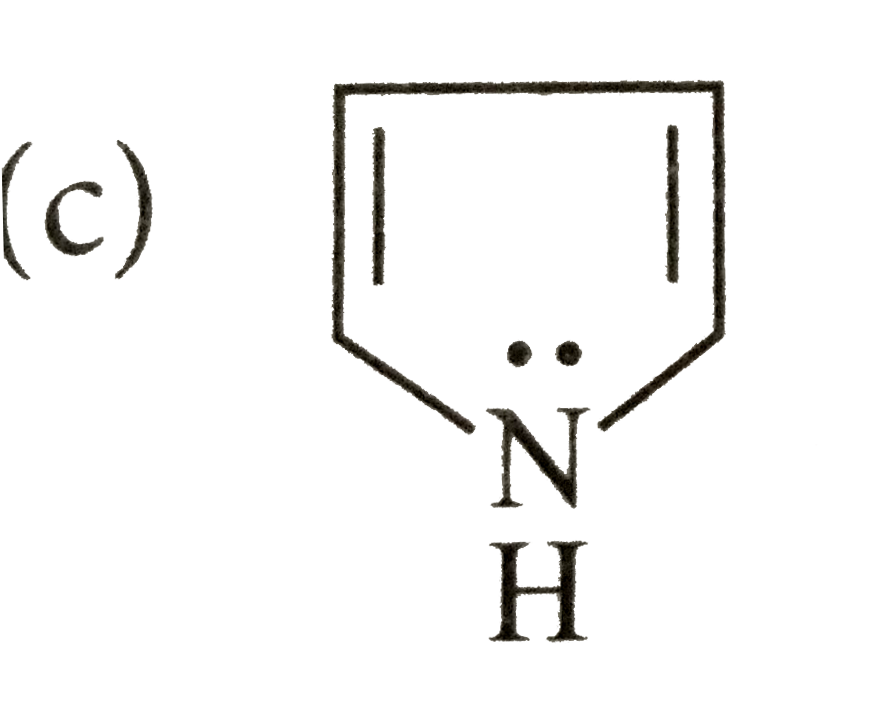 D
D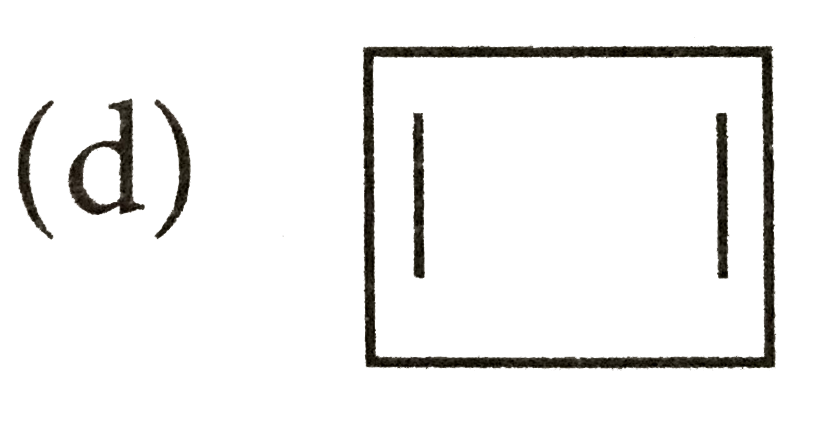
Which of the following defects does KBr show?
View SolutionWhich of the following reactions does not form salicylic acid ?
View SolutionWhich of the following does not show protogyny?
View SolutionHot concentrated sulphuric acid is a moderately strong oxidizing agent. Which of the following reaction does not show oxidizing behaviour?
View SolutionWhich of the following phenomenon does not support the particle nature of electromagnetic radiation?
View Solution

